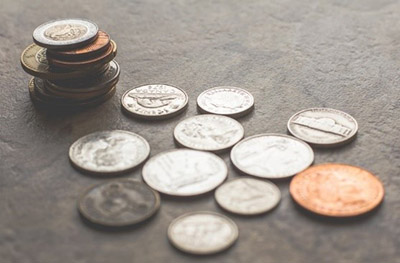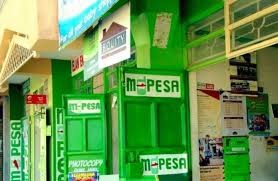The IFoA’s Cashless Society Working Party’s (CSWP) analysis suggests that as the use of cash in our society decreases, it poses a risk to financial inclusion and threatens to widen inequalities rather than reduce them
UN Sustainable Development Goal (SDG) ‘Reduced inequalities’ includes targets and indicators to reduce economic inequalities, both within and between countries by 2030. One of the targets is ‘to empower and promote the social, economic and political inclusion of all, irrespective of age, sex, disability, race, ethnicity, origin, religion or economic or other statuses’. The IFoA’s Cashless Society Working Party’s (CSWP) analysis suggests that as the use of cash in our society decreases, it poses a risk to financial inclusion and threatens to widen inequalities rather than reduce them. Therefore, ensuring that individuals and businesses have access to useful and affordable financial products and services that meet their needs as we make this transition to a less-cash society will be essential to promoting progress against SDG 10.
In 2008, six out of every ten transactions were cash. By 2018 it had reduced to three in ten; and the 2018 UK Payment Market Report suggests it could be as low as one in ten within the next fifteen years.
The ‘Access to Cash Review’ (the Review), published in March 2019, found that failing to manage the transition to a less-cash society would create significant risks for individuals and society. The review identified risks such as the loss of personal independence and increased risk of financial abuse and debt, as well as identifying that rural communities were particularly at risk. As well as those living in rural areas, according to the Review over 8 million adults in the UK would struggle to cope in a cashless society. Many of these people are vulnerable in one or more ways, for example living in poverty, or with physical or mental health issues.
The IFoA’s CSWP is calling for the active management of this transition. It is particularly concerned about how a lack of planning could negatively impact financial inclusion. The CSWP states that as cash reduces, a digitally-based financial inclusion program will be vital to ensure that no one is left behind. This program should include improving access to digital financial services for these groups so that they can manage their money online, including through the use of mobile money.

There are international examples of increased digitalisation revolutionising financial inclusion. The following case study explores how the mobile based financial service M-Pesa has extended access to financial services and products to previously excluded segments of the population in Kenya.
Traditional banking services, including ATMs and commercial banking branches, are not widely accessible to all in sub-Saharan Africa. Previously, this left a large proportion of the population, particularly those who fall into the low and middle income category, without access to the formal economy. It also exposed society to crimes which are more likely to occur within a largely cash-based society including tax evasion and money laundering. However, the availability of mobile phones has enabled widespread adoption of mobile money services, such as M-PESA, and has gone some way in addressing these issues.
M-Pesa, the first mobile money service in Africa, was launched in 2007 by Kenya’s largest mobile network operator, Safaricom. For a small fee, the service allows users to send money, from an account stored on their phone, to others and to pay for bills such as rent or utilities. Users can also exchange cash for virtual currency or vice versa at participating agents, such as Safaricom outlets, petrol stations, supermarkets and selected banks and micro-finance institutions.

Since its launch, mobile money has seen significant growth in the region. As of December 2018, mobile money registered accounts in sub-Saharan Africa had reached nearly 400 million (GSM Association, 2019). In 2018, users of these accounts performed 1.7bn transactions, worth $US 26.8bn in value. Accessibility of mobile money agents has played a key role in driving customer adoption. According to the International Monetary Fund (2018), there are 1.4 million active mobile money agents in the region. This is significantly more than the 19k bank branches.
The use of mobile money has deepened financial inclusion and has benefited large proportions of the population that are still unable to access traditional banking services including those on a lower income, young adults and women. Research has found that by using the service women are able to improve their ability to save (Jack, 2016). It is estimated that this ability has lifted 2% of Kenyan households out of poverty. It has also been found that, since its launch, mobile money has increased access to essential government services in Kenya from 20% to 90% (GSM Association, 2017). This promotes further progress across a range of the SDGs including goal 1 – no poverty and goal 5 – gender equality.
The growth of M-PESA has extended beyond Africa and it now has 30 million users in 10 countries. M-Pesa services are now offered in Albania, D.R. Congo, Egypt, Ghana, India, Kenya, Lesotho, Mozambique, Romania, and Tanzania. Mobile money has proven itself to be a useful tool in developing countries for promoting financial inclusion and, ultimately, sustainable development.